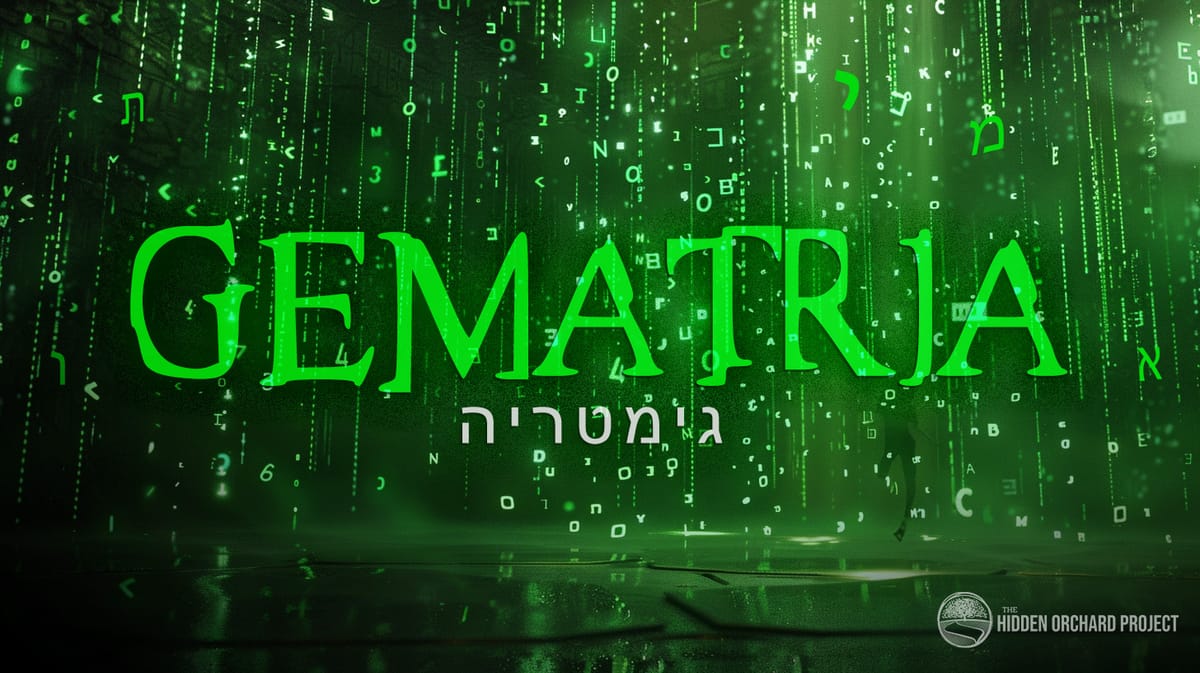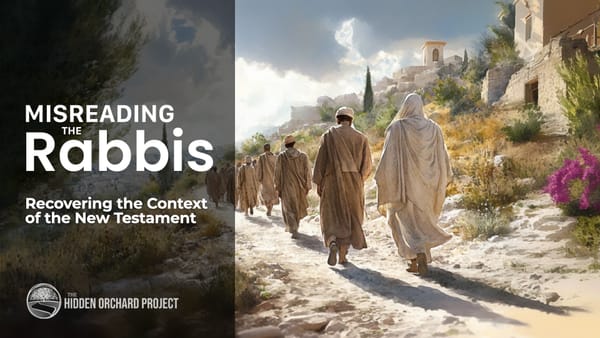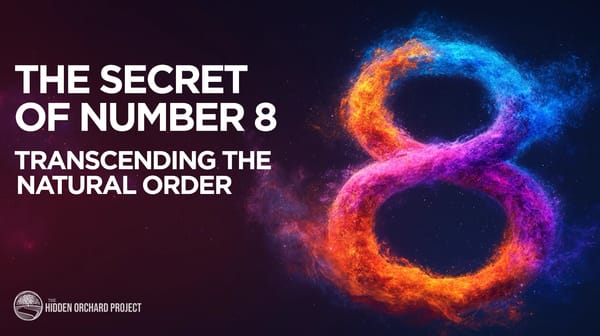Gematria - Decoding the Hidden Secrets of Torah
What is Gematria, is it a valid form of Biblical interpretation - and if so, is it found in scripture? In this article, we explore this idea and how Daniel used Gematria to decipher the fateful message for King Belshazzar.

Recently, while talking with a friend who works in the field of cybersecurity, I was surprised to learn that the Jewish system of Gematria is utilized today as an industry tool for encryption.
Often conflated with the modern ideas of "Bible codes" and numerology, Gematria (גימטריא or גִּימַטְרִיָּה) is not a fortune-telling gimmick, instead, it is an ancient and sophisticated tool the Rabbis used to reveal the deeper wisdom concealed within Torah.
Gematria is also not a product of the Middle Ages; in one of the earliest parts of the Mishnah, we're told Gematria is the "desert of Wisdom,"¹ reserved for those who have achieved higher degrees of Torah mastery.
In this work, we will explore a well-known, yet puzzling passage in the Book of Daniel that reveals the power of Gematria in the hands of the learned.
Jewish Hermeneutics
For those who are not familiar, the Jewish hermeneutics system is based upon (4) methods of interpreting scripture. Known by the acronym Pardes², they are:
• Peshat - Plain or literal
• Remez - Hinted
• Drush - Homiletical
• Sod - Secret or mystical
This allows for Torah passages to contain various meanings, provided one understands and adheres to the parameters and principles of PaRDeS.
Gematria
Hebrew letters, similar to Roman numerals, also represent numbers. This adds an extra dimension to Pardes, allowing for numerical combinations and connections to be formed by tallying words and phrases.
Some categorize Gematria within the Remez level, and others attribute this to the Sod level.
Nevertheless, there are various systems of Gematria. The simplest form adds the numerical value of a word or phrase and pairs them with other words and phrases that share the same numerical value. Through this connection, a theme emerges from seemingly unrelated ideas.
The simple Gematria system is as follows:
|
א |
Aleph |
1 |
|
ב |
Bet |
2 |
|
ג |
Gimel |
3 |
|
ד |
Dalet |
4 |
|
ה |
Hei |
5 |
|
ו |
Vav |
6 |
|
ז |
Zayin |
7 |
|
ח |
Chet |
8 |
|
ט |
Tet |
9 |
|
י |
Yud |
10 |
|
כ |
Kaf |
20 |
|
ל |
Lamed |
30 |
|
מ |
Mem |
40 |
|
נ |
Nun |
50 |
|
ס |
Samech |
60 |
|
ע |
Ayin |
70 |
|
פ |
Peh |
80 |
|
צ |
Tzadi |
90 |
|
ק |
Qof |
100 |
|
ר |
Resh |
200 |
|
ש |
Shin |
300 |
|
ת |
Tav |
400 |
Other forms of Gematria used systematically drop the zeros, while another, known as ATBaSH. The system of ATBaSH gets is name from reversing the order, where Aleph is counted as Tav, and Bet is counted as Shin, and so on.




